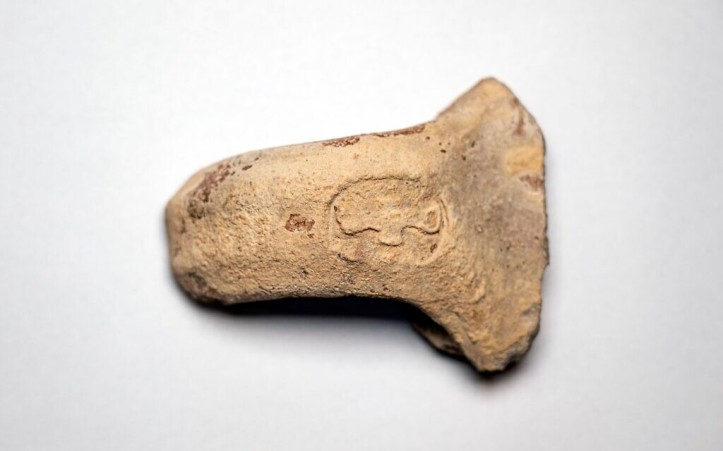
This month we feature a new study questioning the traditional view of the Hyksos, as well as two important announcements from Jerusalem. Here were the top three reports in biblical archaeology for July 2020.
3. New Study of Ancient Teeth Sheds Light on Hyksos Origins

The results of a new study published in the journal PLOS ONE has called into question the traditional view of the rise to power of the Hyksos in Egypt. The Ptolemaic priest, Manetheo, as quoted by Josephus, records the Hyksos rulers leading an invasion of Egypt and conquering the Nile Delta region. The new research suggests the Hyksos were immigrants, not invaders. Scholars recently studied the tooth enamel from individuals found at the cemeteries of Tell el-Dab’a, the site of the ancient Hyksos capital of Avaris. Using a mass spectrometer, they analyzed their teeth for strontium, a metal that enters the enamel primarily through food. By comparing the levels of isotopes with those in the region’s soils and other artifacts along the Nile, they could judge where an individual grew up. The teem found that 24 of the 36 individuals who were buried at Avaris during the 350 years before the Hyksos rule were foreign born and came from a variety of origins, not one unified homeland. Similarly, data from the remains of an additional 35 people who were buried during the Hyksos period exhibited a similar pattern of immigration. Moreover, 2/3 of the skeletons analyzed were women, not primarily male, as the researchers would have expected if the Hyksos arrived via a military invasion. The authors of the study conclude, “This research supports the concept that the Hyksos were not an invading force occupying this city and the upper Nile Delta, but an internal group of people who gained power in a system with which they were already familiar.”
NEWS LINK: https://www.livescience.com/hyksos-did-not-invade-egypt.html
2. Persian-Era Seals Unearthed in Jersualem

An official-looking seal impression and a crudely made clay seal were recently unearthed in the ongoing excavation in the Givati parking lot in Jerusalem. The official seal impression depicts a man, perhaps a king or governor, sitting on a chair with pillars in front of him. The crudely made seal was made using a pottery sherd and appears to contain fake writing. Both were found in what may have been a shanty camp set up in the courtyard of an earlier Iron Age building that had destroyed by the Babylonians. The archaeologists who made the discoveries believe them to be evidence of how Jerusalem was resettled in the Persian period as well as a possible indication of efforts that were made to restore some sort of administration. The books of Ezra and Nehemiah describe the return to Jerusalem from the Babylonian captivity.
1. Iron Age Judahite Administrative Complex Unearthed in Jerusalem


An exceptional 2700-year old structure was recently unearthed between Talpiot and Ramat Rachel in the Arnona neighborhood, outside of the Old City of Jerusalem. Evidence suggests it operated as an administrative center and storage facility during the reigns of Hezekiah and Manasseh in the 8th-7th centuries BC. Over 120 jar handles stamped with ancient Hebrew scripts were uncovered, including numerous handles inscribed with LMLK (“Belonging to the King”). The site’s location and the large number of seal impressions suggests that some of Judah’s administration occurred outside of the City of David during this time period. In addition, a collection of clay idols and figurines depicting women and animals was also found at the site, likely indicating idolatry, a practice that, according to Scripture, was prevalent in Judah during the Iron Age. The complex appears to have been abandoned after the Babylonian destruction of Jerusalem in 587 BC, but was resettled in the Persian-era, after the exiles returned, and administrative activity resumed.
Stay Up-To-Date
Get the latest BREAKING NEWS in biblical archaeology each week by following the Associates for Biblical Research here: https://biblearchaeology.org/current-events-list
